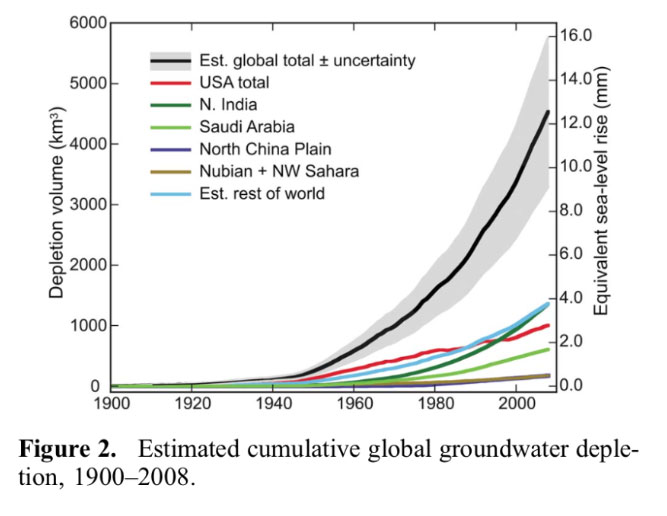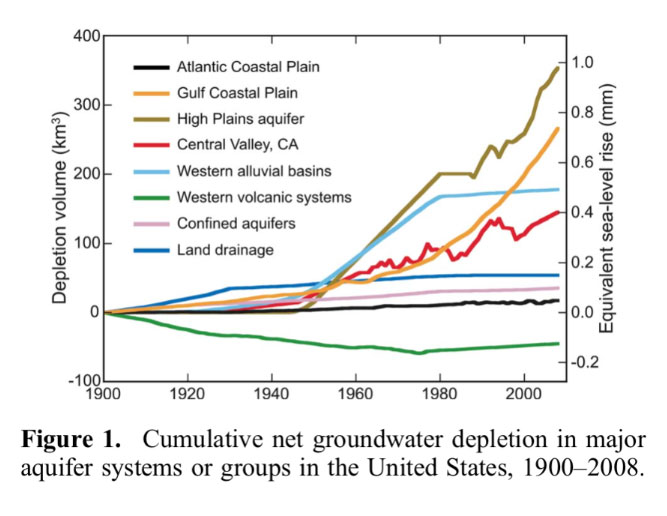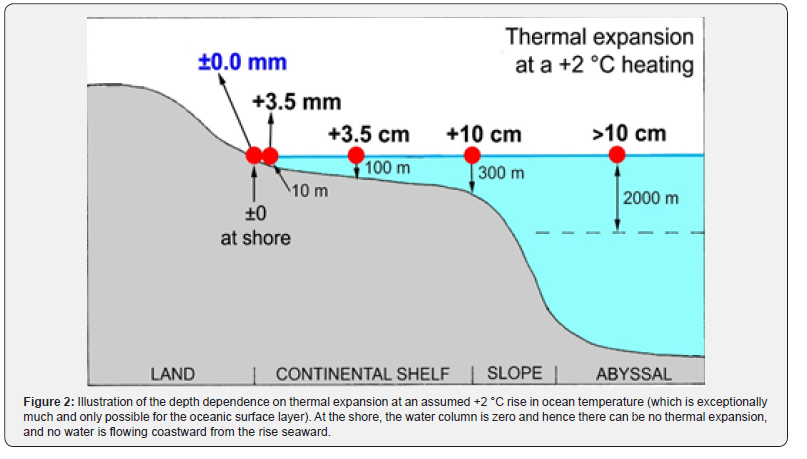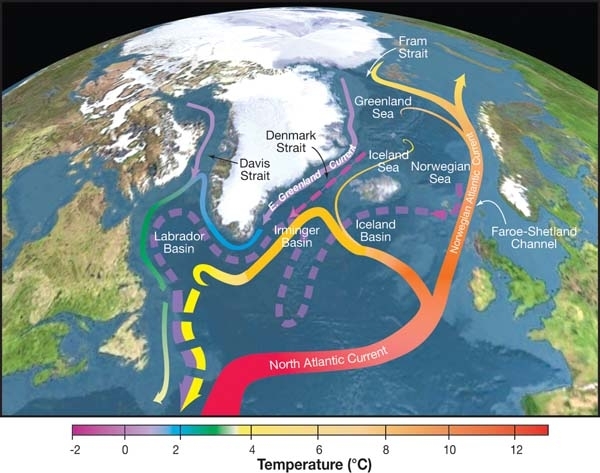Sucking up groundwater and dumping it into the ocean
A new sea level rise factor augments melting ice caps and thermal ocean expansion
Those who have an interest in such matters understand that rapidly melting polar land ice and alpine glaciers is contributing to global see level rise. That is a fairly obvious causal chain. Temperatures increase, ice melts. Less obvious is global thermal expansion of the oceans as a sea level driver. But the science makes sense: as the oceans continue to warm, the volume of water expands. There is no place else for the water to go than crawling up the continental coasts and swallowing up islands whole in the open ocean.
The second worst thing that happens when you use up all the water:
When you guzzle up the water stored in Earth’s aquifers and don’t replace it, then you run out of water. As agriculture, mining, industry, data centers and bottled water grifters exploit underground water stores without replacing it, people run out of water to drink. Mostly poor people. The water crisis is now a worldwide emergency, with major cities such as Kabul and Mexico City on the brink.
The other thing that happens is that most of the water taken from underground drains into in the oceans via rivers and waterway, contributing a third source of sea level rise. Recent estimates come in at 1,100 cubic miles of groundwater removed from aquifers since 1900 have ended up in the oceans.
In California, so much groundwater has been pumped from aquifers in parts of the San Joaquin Valley that the land is sinking, wreaking havoc with infrastructure roads..
The current rate of groundwater depletion around the world in increasing alarmingly.


WATER IS AT THE CORE OF THE GLOBAL CLIMATE EMERGENCY
New fresh water from ice caps changes the salinity of the ocean / slows critical currents
As trillions of tons of land-ice melt and flow into the seas, it is not a mental stretch to understand that the only possible result is for sea levels to rise.* However, there is an equally concerning additional consequence: the slowing of the Atlantic Meridional Overturning Circulation (AMOC).
The AMOC is driven by water salinity and density. When the waters cool in the northern reaches, they sink to the bottom which creates the overturning effect. When huge quantities of fresh water pour into the salt water ocean, salinity decreases and the power of the conveyor system is diminished. Fresh water is less dense than saltier water.
There are trillions of tons of fresh water ice locked atop the Greenland land mass. When it enters the North Atlantic, it changes the density of the ocean, compromising the engine that drives the global current. Because the Gulf Stream carries warm tropical water to the North Atlantic, it is critical in moderating temperatures in Northern Europe. The slowing of this ocean stream will fundamentally alter the climate of Europe.
* although possibly a challenge for those who believe Noah’s little deluge covered the entire planet.

Thermal expansion: the hidden driver of sea level rise
Thermal expansion is a law of physics that affects all substances. Increase the temperature of solid, liquid or gas and it will expand. This is easily observable with water, including about 350 quintillion gallons in the global ocean. Heat it up, the volume increases. Where is it going to go? About half of the measured global sea level rise on Earth is from warming waters and thermal expansion.
Coastal regions around the world are experiencing shockingly rapid inundation as salt water moves into river deltas and water supplies. Islands in the Pacific and elsewhere are experiencing a slow evacuation as the waters close over once dry land.

The expected water crisis from Global exploitation of groundwater is here.
The planet’s supply of groundwater is being rapidly depleted much faster than it can be replenished. In general, industrial and commercial interests outrank the human need for drinking water. Kabul (7 million) is running out of water. Tehran (10 million+) is running out of water. Bulgarian cities are already rationing. Mexico City (25 million+) is at the breaking point. Johannesburg (6 million+) has been running dry for a decade.
Some of the most severely affected regions include:
-
India is world’s largest user of groundwater; many aquifers are in “critical” condition as commercial interests deplete aquifers.
-
China the depletion the North China Plain aquifer threatens crop production
-
Middle East Low rainfall and overuse lead to severe stress in Saudi Arabia and Iran
-
U.S. Ogallala Aquifer, the largest reservoir of fresh water in the world is being depleted rapidly, threatening farming
-
Mexico, Pakistan, Egypt – Also facing long-term groundwater crises

